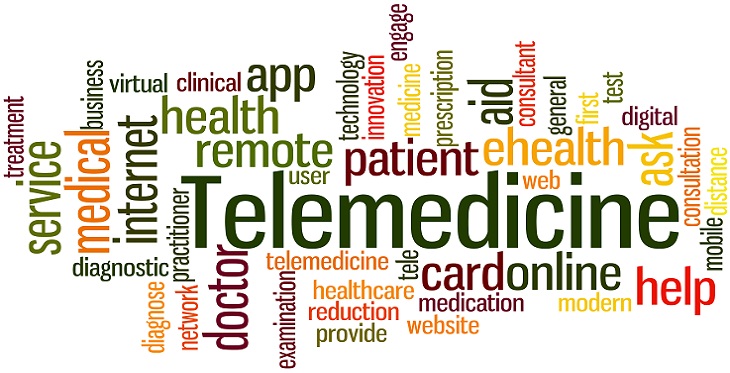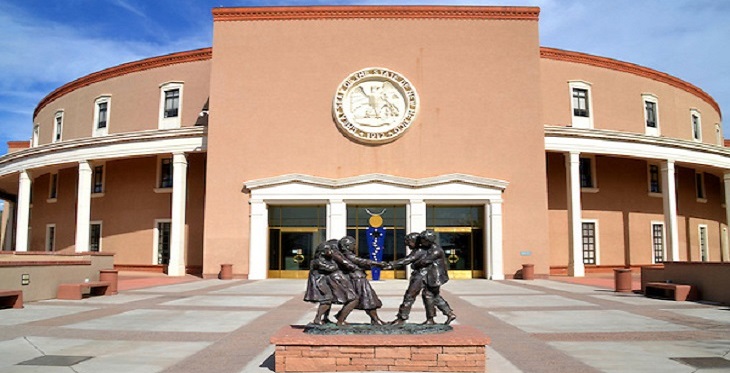Arizona as a Model of State Telehealth: a Picture of GA’s Future? You bet!

I recently had the opportunity to speak at “Georgia’s Health Care Reform Task Force” with other members of the Emory Virtual Patient Care team headed by Greg Esper, MD. Dr. Esper is a neurologist and Director of New Care Models at Emory and champion for expanding Emory’s telehealth footprint in GA (https://www.emoryhealthcare.org/physicians/e/esper-gregory.html).



